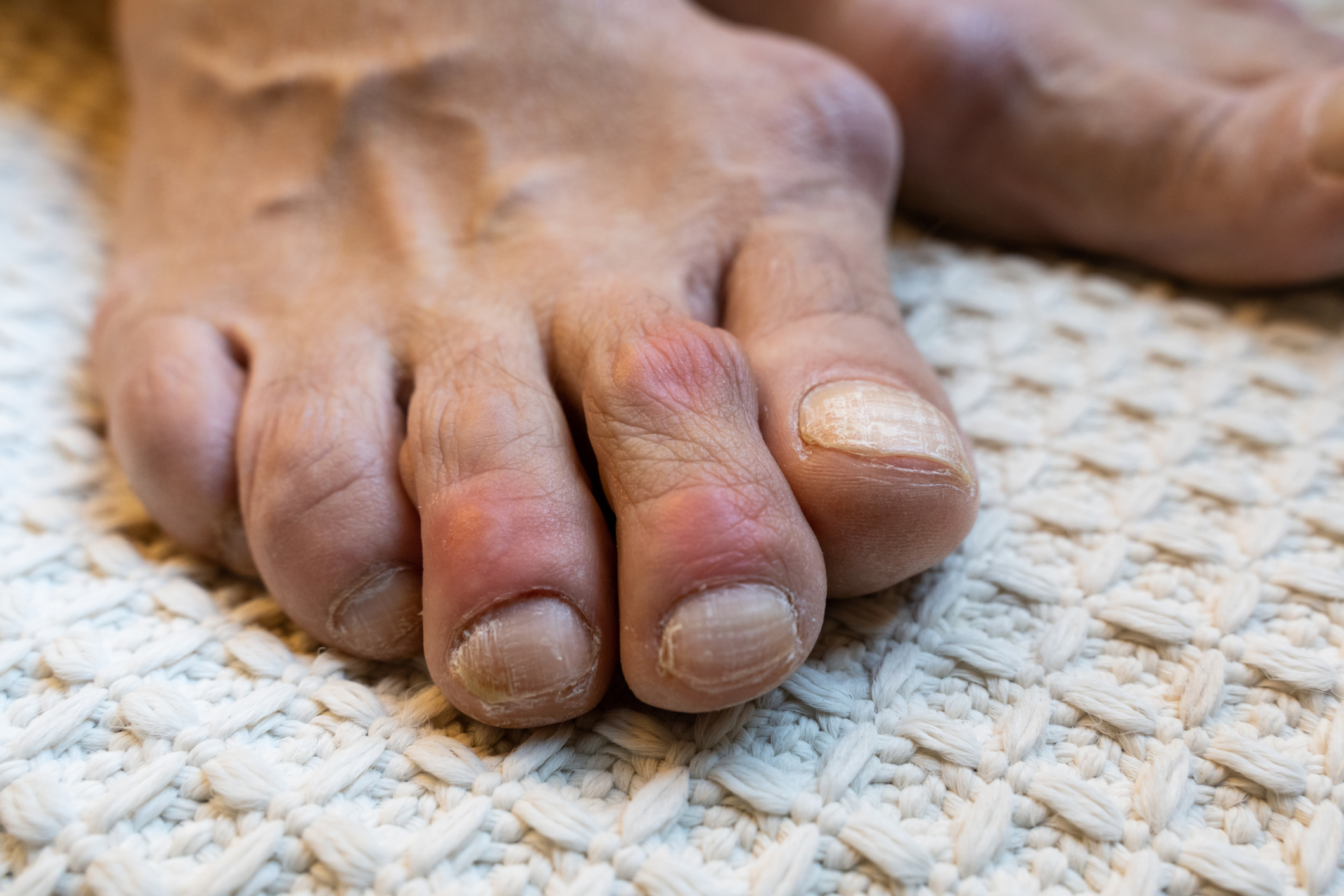
How is Gout Diagnosed?
Gout is typically diagnosed based on a combination of clinical evaluation, medical history, physical examination, and laboratory tests. Here are the common steps involved in diagnosing gout:
- Medical History: Your healthcare provider will ask about your medical history, including any symptoms you have experienced, the duration and frequency of symptoms, and any factors that may trigger or worsen your symptoms. They may also inquire about your diet, alcohol consumption, medications you are taking, and any family history of gout or other medical conditions.
- Physical Examination: During a physical examination, your healthcare provider will assess your affected joints for signs of inflammation, such as swelling, redness, warmth, and tenderness. They may also examine other joints for signs of gout involvement and check for tophi (visible deposits of uric acid crystals under the skin).
- Joint Aspiration (Synovial Fluid Analysis): To confirm a diagnosis of gout, your healthcare provider may perform a joint aspiration procedure, also known as arthrocentesis. During this procedure, a small sample of fluid is withdrawn from the affected joint using a needle and syringe. The synovial fluid sample is then analyzed under a microscope to look for the presence of uric acid crystals. The presence of needle-shaped uric acid crystals in the synovial fluid is a definitive diagnostic finding for gout.
- Blood Tests: Blood tests may be performed to measure uric acid levels in the blood. While elevated uric acid levels (hyperuricemia) are a risk factor for gout, not all individuals with hyperuricemia will develop gout, and gout can occur in individuals with normal uric acid levels. Blood tests may also be used to assess kidney function and rule out other conditions that may mimic gout, such as infection or rheumatoid arthritis.
- Imaging Studies: Imaging studies such as X-rays, ultrasound, or dual-energy computed tomography (DECT) may be used to evaluate joint damage, assess the presence of tophi (visible uric acid deposits), and monitor disease progression in individuals with chronic or advanced gout.
Based on the results of these diagnostic tests and clinical findings, your healthcare provider can confirm a diagnosis of gout and develop an appropriate treatment plan tailored to your individual needs. It’s essential to consult with a healthcare professional if you suspect you have gout or experience symptoms such as sudden and severe joint pain, swelling, redness, and tenderness, particularly in the big toe. Early diagnosis and treatment can help alleviate symptoms, prevent complications, and improve long-term outcomes for individuals with gout.
See More on Video

The End Of GOUT Program™ By Shelly Manning The program, End of Gout, provides a diet set up to handle your gout. It is a therapy regimen for gout sufferers. It incorporates the most efficient techniques and approaches to be implemented in your daily life to heal and control gout through the source.